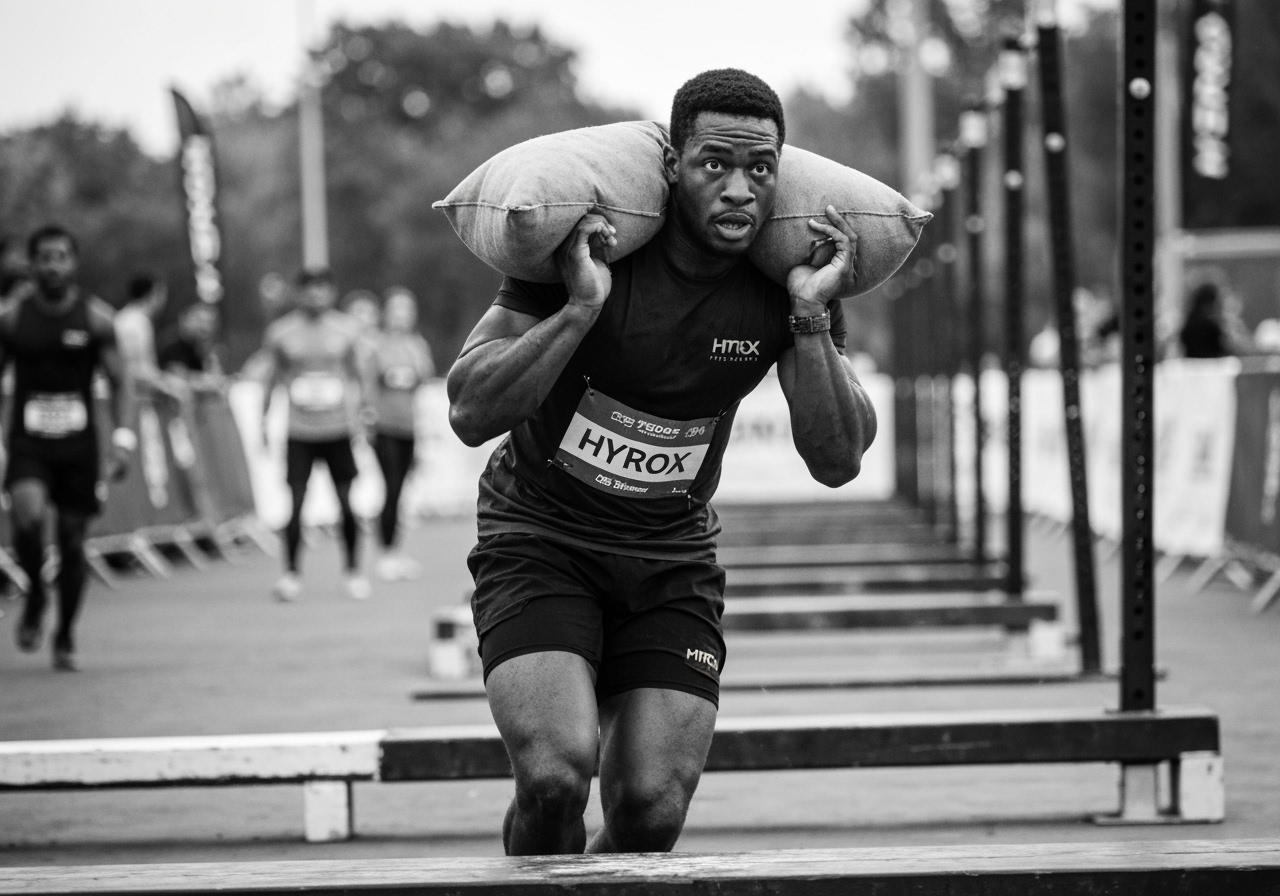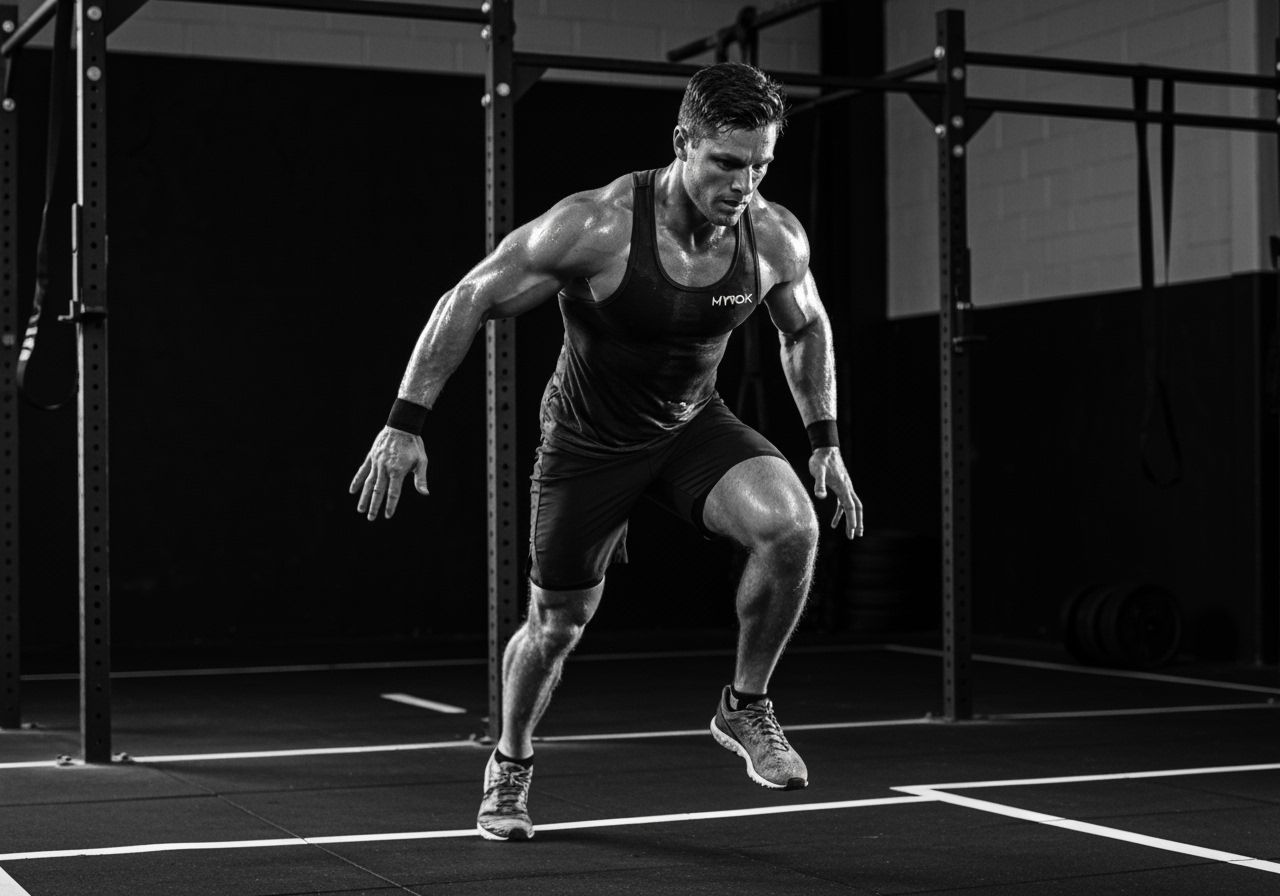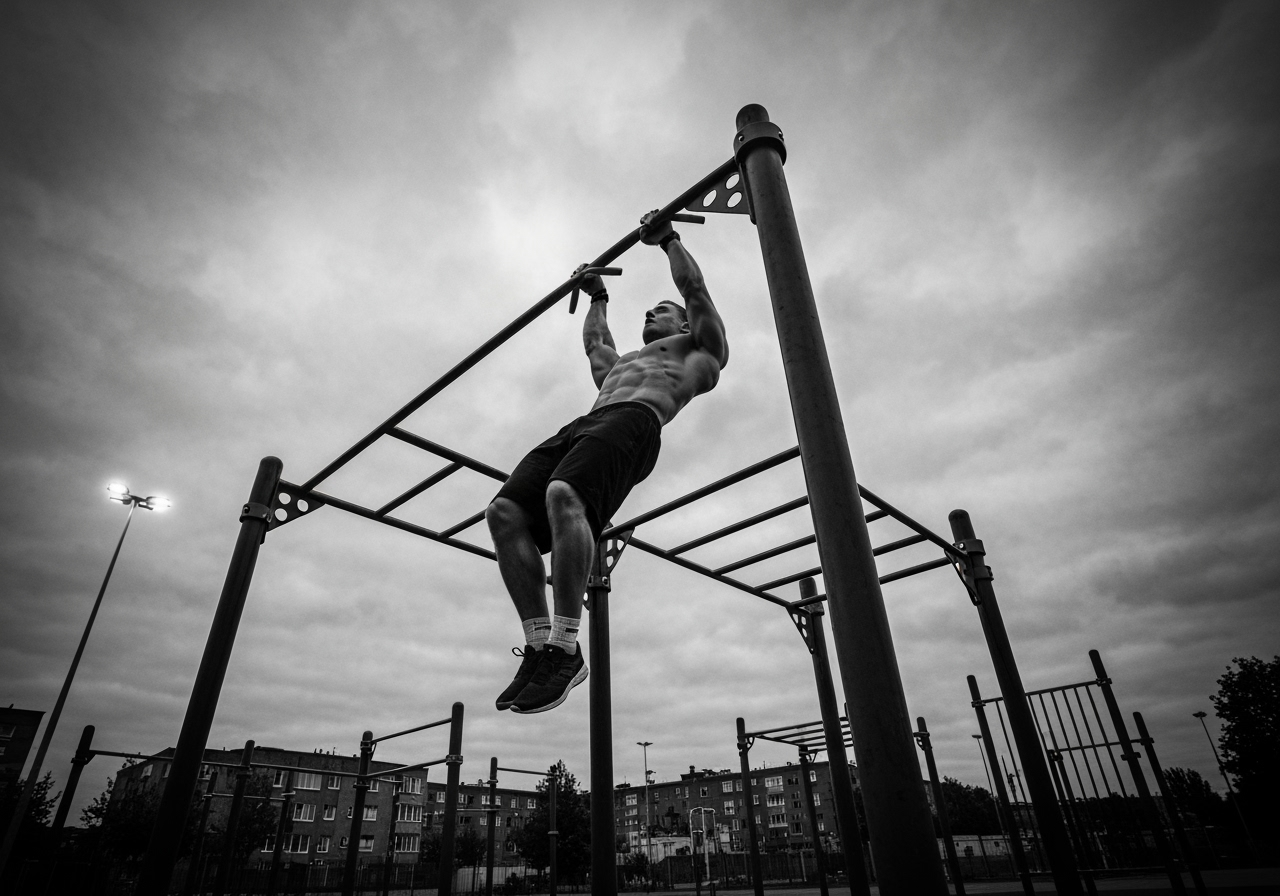 rowing and sprinting for optimal race performance" style="width: 100%; max-width: 800px; height: auto; border-radius: 12px; box-shadow: 0 20px 40px rgba(0,0,0,0.3);" />
rowing and sprinting for optimal race performance" style="width: 100%; max-width: 800px; height: auto; border-radius: 12px; box-shadow: 0 20px 40px rgba(0,0,0,0.3);" />
HYROX is a race of balance. It's not just about brute speed or raw endurance — it's about how you distribute your energy across stations. Rowing and sprinting are both power-demanding segments where many athletes either burn too much energy early or leave time on the table later.
Rowing and Sprinting — The HYROX Balancing Act
Choosing whether to push harder on the row or sprint section isn't simply a matter of preference. It's a matter of smart pacing, energy economy, and aligning with your strengths and weaknesses.
Let's break down exactly how to decide when to row hard, when to sprint, and how to balance both for the fastest HYROX performance.

1. Know the Energy Demands of Each Segment
Why it matters:
Rowing and sprinting are both high-intensity efforts, but they tax your body differently.
- Rowing: Full-body endurance with a heavy emphasis on back, legs, and cardiovascular efficiency. Rowing is steady power output over longer duration.
- Sprinting: Pure speed, requiring explosive leg drive, anaerobic capacity, and quick recovery. Sprints are short bursts with higher lactic acid buildup.
💡 Pro Tip: Treat rowing as a controlled power output, and sprinting as a controlled risk — too much in one will drain you for later stations.
2. Establish Your Target Pace for Each
Why it matters:
Many athletes go "all-out" on rowing or sprinting without factoring in race duration. This leads to severe fatigue later.
Fix:
- Rowing: Determine a sustainable split time based on training (e.g., 1:50–2:00/500m). Practice hitting this in training without burning out.
- Sprinting: Set a pace you can hold without collapsing at the next station.
📊 Pro Tip: Use your GPS or rowing machine metrics to measure effort and adjust race-day strategy accordingly.

3. Train for Pacing and Endurance
Why it matters:
HYROX races require repeated bursts of high output. Training for only one modality leaves you exposed.
Fix:
- Include brick workouts that combine sprint intervals and rowing
- Practice race simulations to build both endurance and speed
Example Workout:
Row 500m at target pace → 200m sprint → row 500m at target pace → repeat for 4–5 rounds.
4. Learn How to Recover Between Efforts
Why it matters:
Recovery efficiency determines how well you perform across stations.
Fix:
- Train your breathing technique to reset quickly
- Use micro-pauses between sprints and rows to maintain rhythm without killing pace
⚡ Pro Tip: Practice "active recovery" — jogging lightly or walking briskly rather than complete rest between high-effort segments.
5. Listen to Your Strengths — But Train the Weaknesses
Why it matters:
Most athletes naturally favor either sprinting or rowing. The trick is to leverage your strength while reducing the impact of your weakness.
Fix:
- Assess your rowing split and sprint times in training
- Allocate training time to improve the weaker modality without neglecting the stronger one
🎯 Pro Tip: Incorporate hybrid workouts that push both sprint and row performance under fatigue.

Training Drills for Balance
Row + Sprint Intervals
Alternate between rowing and sprinting to simulate race fatigue
Split-Paced Rows
Row sections at varying intensities to mimic different HYROX demands
Sprint Endurance Runs
Build lactate tolerance with repeated short sprints followed by active recovery
Final Thoughts: Smart Balance Wins the HYROX Race
In HYROX, going full throttle on rowing or sprinting isn't always the answer. Success lies in knowing when to push, when to conserve, and how to train for both endurance and speed.
By approaching your row and sprint with strategy, pacing, and balanced training, you can shave seconds off your time and finish strong — not spent.
Remember:
- Row with sustainable power
- Sprint with controlled bursts
- Train to balance speed and endurance
- Recover efficiently between efforts
With this approach, rowing and sprinting won't just be two stations — they'll be your competitive advantage.